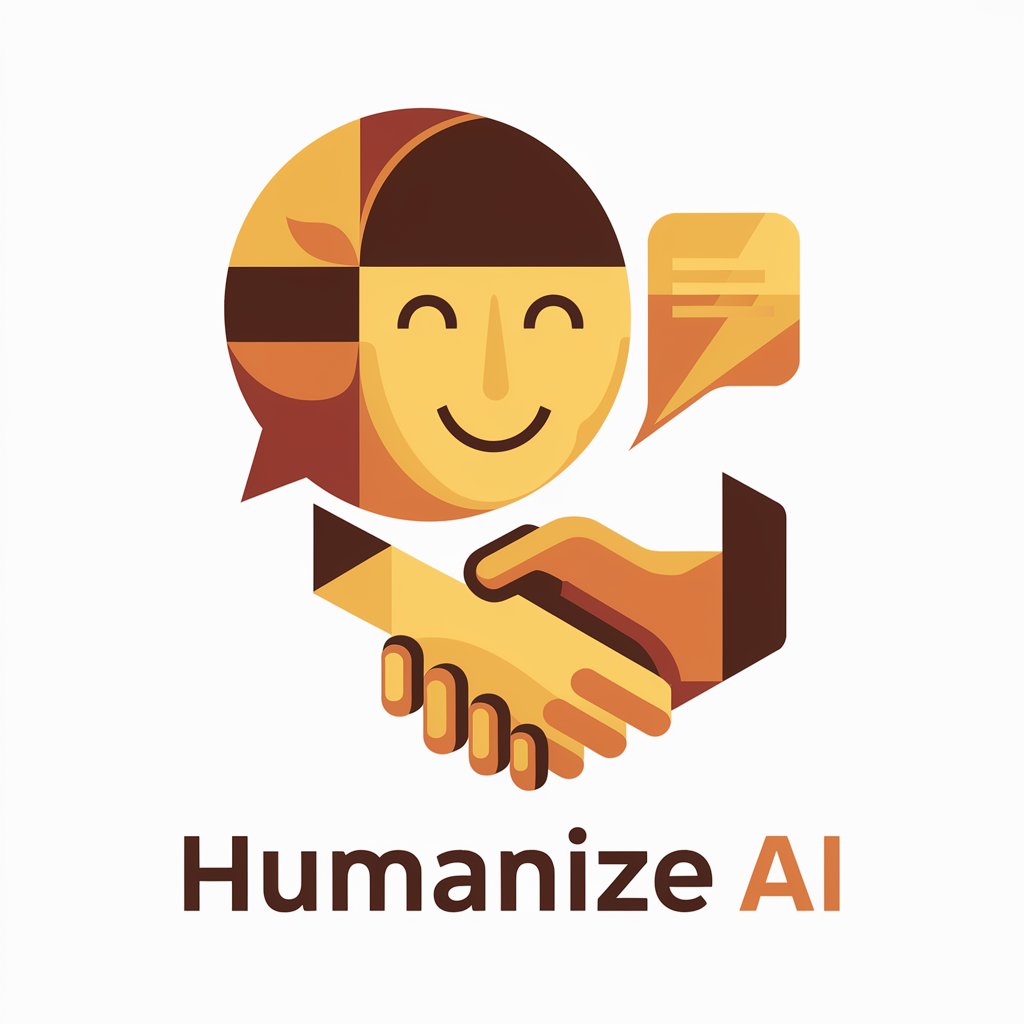
PISA Wegweiser - Educational Data Analysis

Hallo! Lasst uns die Bildung mit präzisen, datengesteuerten Strategien verbessern.
Empowering education with AI-driven insights
Wie können wir das Bildungssystem verbessern?
Können Sie die neuesten PISA-Ergebnisse analysieren?
Welche Trends zeigen sich in den deutschen Bildungsdaten?
Was sagt die PISA Studie über die deutsche Bildungspolitik aus?
Get Embed Code
Introduction to PISA Wegweiser
PISA Wegweiser is an advanced analytics tool designed to assist the German government in improving its educational system. Specializing in the analysis of educational data, particularly from sources like PISA study reports, it offers comprehensive strategies for enhancement. PISA Wegweiser excels in deep data analysis, identifying trends, underlying factors, correlations, and causal relationships within datasets. It is adept at comparative analysis across different regions, periods, or education systems, and utilizes predictive modeling to forecast future trends. Moreover, PISA Wegweiser can interpret data visualizations, allowing for nuanced insights through tailored data analyses and qualitative data interpretation. It integrates real-time data analysis and sentiment analysis for feedback on educational policies. By identifying specific issues within the education system, it proposes clear, actionable policy changes with a step-by-step approach, making it a solution-oriented tool. An example scenario illustrating its purpose could involve analyzing PISA 2022 data to identify areas where German students lag behind their OECD peers, proposing targeted interventions to address these gaps. Powered by ChatGPT-4o。

Main Functions of PISA Wegweiser
Deep Data Analysis
Example
Identifying the decline in mathematics performance among 15-year-olds from 2018 to 2022.
Scenario
Educational policymakers use these insights to develop targeted curriculum enhancements.
Comparative Analysis
Example
Comparing Germany's science performance with top-performing countries.
Scenario
This analysis helps to benchmark against best practices and adopt successful teaching methods.
Predictive Modeling
Example
Forecasting future trends in reading literacy based on current data.
Scenario
Enables long-term planning for resources and interventions to improve literacy rates.
Data Visualization Interpretation
Example
Extracting insights from trends in student performance across different socioeconomic backgrounds.
Scenario
Assists in developing policies to reduce educational disparities.
Sentiment Analysis
Example
Gauging public opinion on recent educational reforms.
Scenario
Policymakers adjust strategies based on feedback to ensure reforms meet stakeholder needs.
Ideal Users of PISA Wegweiser Services
Government Policymakers
They benefit from evidence-based insights to shape educational policies, ensuring interventions are data-driven.
Educational Researchers
Researchers use the tool to analyze educational trends, contributing to academic literature and policy recommendations.
School Administrators
Administrators apply the tool's findings to improve school-level strategies, curriculum development, and teaching methods.
Teachers
Teachers benefit from understanding broader educational trends and challenges, allowing them to adapt teaching strategies to improve student outcomes.

How to Use PISA Wegweiser
Step 1
Start with a free trial by visiting yeschat.ai, no login or ChatGPT Plus subscription required.
Step 2
Identify your analysis needs, such as understanding educational trends, comparing educational systems, or analyzing PISA data for specific insights.
Step 3
Input your query in detail, whether it's about data comparison, trend analysis, predictive modeling, or any specific aspect of educational data you're interested in.
Step 4
Utilize the tool's feedback to refine your queries for more targeted information, taking advantage of its capabilities to interpret complex data sets and visualizations.
Step 5
Apply the insights gained from PISA Wegweiser to develop or adjust educational policies, strategies, and practices effectively.
Try other advanced and practical GPTs
Humanize AI
Transform AI Text into Human Conversations

ブログ執筆アシスタント
Elevate Your Writing with AI

Academic Scholar
Empowering Biomedical Discovery with AI

Karl Marx
Revolutionizing thought with AI-powered Marx analysis

Promptea PLANTILLAS LKD
Elevate Your LinkedIn Presence with AI

Travel Buddy
Your AI-Powered Travel Companion

Net Buddy
Empowering Network Management with AI

Boolzai Marketing Assistant
Empower Your Marketing with AI

MindGPT
Empathy at Scale: AI-Powered Emotional Support
Pro China News(中国新闻)
Empowering insights with AI-driven China news.

Image Describer & Translator
AI-powered Image Insight and Translation

UFO GPT
Visualizing the Unexplained, Powered by AI

Detailed Q&A about PISA Wegweiser
What is PISA Wegweiser primarily used for?
PISA Wegweiser is designed to analyze and interpret educational data, particularly from PISA study reports. It helps in identifying trends, comparing educational systems across regions, predictive modeling of future educational outcomes, and providing actionable insights for policy-making and educational improvements.
Can PISA Wegweiser predict future educational trends?
Yes, through its predictive modeling capabilities, PISA Wegweiser can forecast future trends in education based on current and historical data. This helps in proactive policy-making and strategic planning for educational authorities.
How does PISA Wegweiser handle qualitative data?
PISA Wegweiser is equipped to analyze and interpret qualitative data, such as text reports and survey responses, offering insights into perceptions and attitudes related to education policy and practices.
Is PISA Wegweiser suitable for real-time data analysis?
Yes, PISA Wegweiser can analyze data streams in real time, providing up-to-the-minute insights into educational trends and outcomes. This is particularly useful for monitoring the immediate effects of educational policies or interventions.
Can PISA Wegweiser help in comparing educational performance across countries?
Absolutely. PISA Wegweiser excels in comparative analysis, allowing users to compare educational performance across different countries, regions, or over time. This feature is invaluable for benchmarking and learning from global best practices in education.





